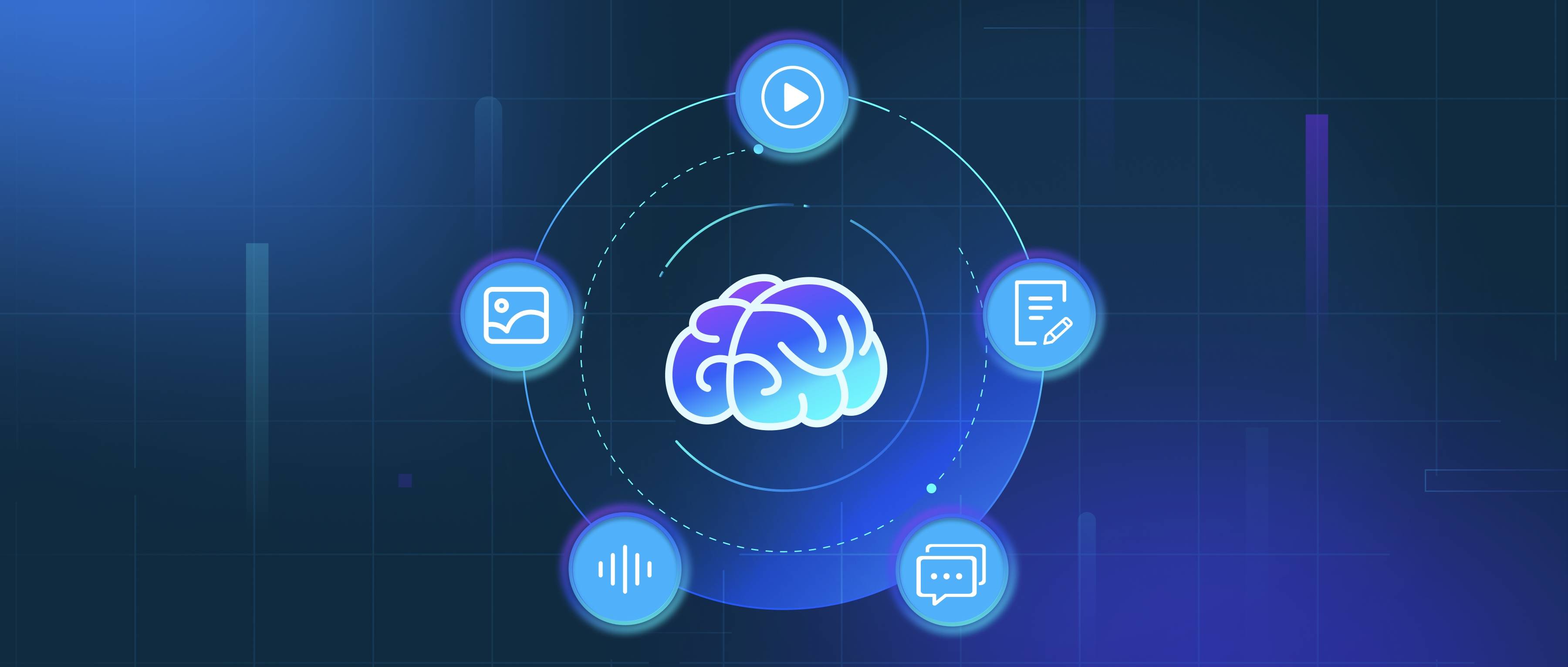Community-driven projects often approach LLM guardrails with an emphasis on open collaboration and transparency. These projects typically focus on creating inclusive, ethical, and fair guardrail systems by involving diverse stakeholders in the design and implementation process. For example, in some open-source LLM communities, contributors can propose and test different moderation techniques, flagging harmful outputs or suggesting improvements to filtering algorithms.
These projects also tend to prioritize the collection of feedback from users and developers to improve the accuracy and functionality of the guardrails over time. By using shared knowledge and experiences, these community-driven efforts can adapt guardrails to different cultural contexts, language patterns, and ethical considerations, ensuring that the guardrails work across a wide range of applications.
However, one challenge with community-driven projects is maintaining consistency and rigor in the guardrail development process. As the contributors can vary widely in their expertise and goals, the guardrails may lack the depth or thoroughness needed for certain high-risk applications, such as healthcare or finance. Therefore, these projects often benefit from partnerships with industry leaders or experts who can provide technical guidance and regulatory compliance expertise.
